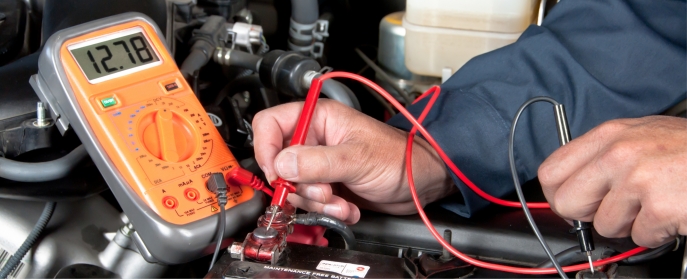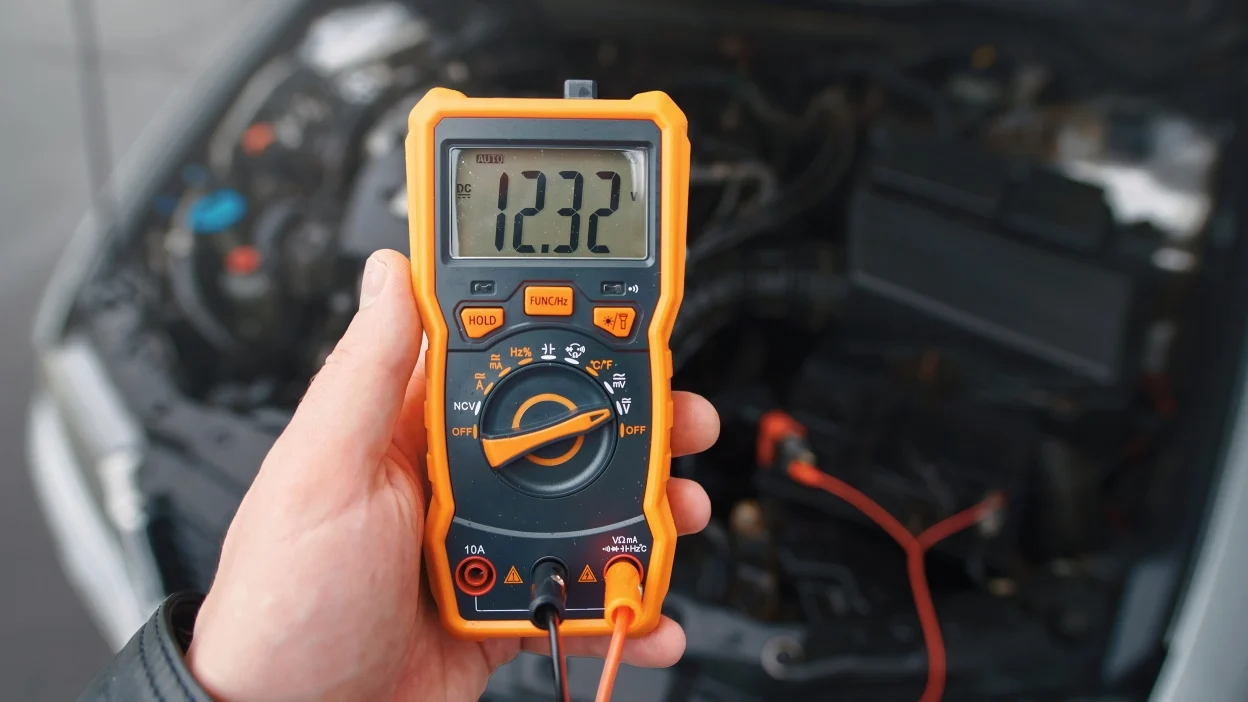If you’re experiencing issues with your car’s electrical system or noticing warning signs while driving, you may be wondering, how to test if your alternator is failing. The alternator plays a crucial role in keeping your car’s battery charged and powering all electrical systems, so when it starts to fail, your vehicle can exhibit various issues. In this guide, we’ll explore how to identify alternator problems, what symptoms to look for, and provide step-by-step instructions on how to test if your alternator is failing.
Table of Contents
Signs Your Alternator Might Be Failing
Before diving into testing methods, it’s essential to understand the warning signs. Here are some common symptoms to watch for:
- Dim or Flickering Lights: If your headlights or dashboard lights are dim or flicker, it may be time to test if your alternator is failing.
- Battery Warning Light: The battery warning light on your dashboard may come on if your alternator isn’t providing sufficient charge.
- Strange Noises: A failing alternator can make grinding or whining noises, indicating internal component wear.
- Electrical Issues: If your radio, power windows, or other electrical systems start acting up, you may want to check the alternator.
How to Test if Your Alternator is Failing: Step-by-Step Instructions
Testing your alternator can help you avoid getting stranded. Here’s a straightforward approach to test if your alternator is failing.
Step 1: Conduct a Visual Inspection
The first step in determining how to test if your alternator is failing is by performing a visual inspection. Look under the hood and check for:
- Loose or Worn Belts: The serpentine belt powers your alternator. A loose or worn belt could be causing alternator failure.
- Corroded Connections: Corrosion around battery terminals and the alternator itself can impede electrical flow.
Step 2: Check Your Battery Voltage
Before testing the alternator, you’ll want to ensure your battery is in good condition. Here’s how:
- Turn off your car and any lights or accessories.
- Use a multimeter set to 20V DC and place the black lead on the battery’s negative terminal and the red lead on the positive terminal.
- A healthy battery should read around 12.6 volts. If it’s significantly lower, the issue may be your battery rather than your alternator.
Step 3: How to Test if Your Alternator is Failing with a Multimeter
With your battery verified, it’s time to test the alternator itself.
- Start your car and let it idle.
- Set the multimeter to 20V DC again.
- Place the black lead on the negative battery terminal and the red lead on the positive.
- Your reading should be between 13.8 and 14.8 volts with the engine running. If it’s below this range, it’s likely the alternator is failing.
Step 4: Perform a Load Test
Another way to test if your alternator is failing is by conducting a load test:
- Turn on your headlights, radio, and AC to add electrical load.
- Check your voltage reading again with the multimeter.
- If the voltage drops significantly, your alternator may be struggling to keep up.
Other Ways to Test if Your Alternator is Failing
In addition to these steps, here are a few more tips on how to test if your alternator is failing:
- Rev the Engine: Slightly revving your engine and observing if your headlights brighten can indicate a weak alternator.
- Use an Alternator Testing Tool: Many auto parts stores offer testing tools specifically designed to diagnose alternator issues.

What to Do if Your Alternator is Failing
If your alternator tests indicate it’s failing, it’s best to replace it as soon as possible. Driving with a faulty alternator can lead to complete battery drain, leaving you stranded. If you’re unsure about how to test if your alternator is failing or need a professional opinion, most auto repair shops can perform alternator tests for a nominal fee.
Conclusion
Learning how to test if your alternator is failing is a valuable skill for any car owner. By understanding the symptoms and knowing the correct steps to take, you can prevent unexpected breakdowns. Remember to perform these tests safely, and consider seeking professional help if you have any doubts about your alternator’s condition.
Related Post:
If you’re experiencing frequent issues with your car’s electrical components, it may be helpful to check if your car battery needs replacing.





Leave a Reply